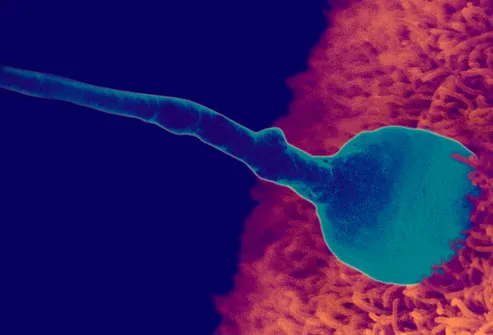Regarding that:
Anat rec 1977 Aug;188(4):477-87.
Sperm/egg interaction: the specificity of human spermatozoa
J M Bedford
Abstract
Human spermatozoa display unusually limited affinities in their interaction with oocytes of other species.
They adhered to and, when capacitated, penetrated the vestments of the oocyte of an ape--the gibbon, Hylobates lar--both in vivo and in vitro. On the other hand, human spermatozoa would not even attach to the zona surface of sub-hominoid primate (baboon, rhesus monkey, squirrel monkey), nor to the non-primate eutherian oocytes tested. Among the apes the gibbon stands furthest from man. Thus, although the specificity of human spermatozoa is not confined to man alone, it probably is restricted to the Hominoidea. This study also suggests that the evolution of man and perhaps the other hominids has been accompanied by a restrictive change in the nature of the sperm surface which has limited and made more specific the complementary surface to which their spermatozoa may adhere. For the failure of human spermatozoa to attach to the zona surface of all non-hominoid oocytes stands in contrast to the behaviour of spermatozoa of the several other mammals studied which, in most combinations, adhered readily to foreign oocytes, including those of man. Taxonomically, the demonstration of a compatibility between the gametes of man and gibbon, not shared with cercopithecids, constitutes further evidence for inclusion of the Hylobatidae within the Hominoidea.


